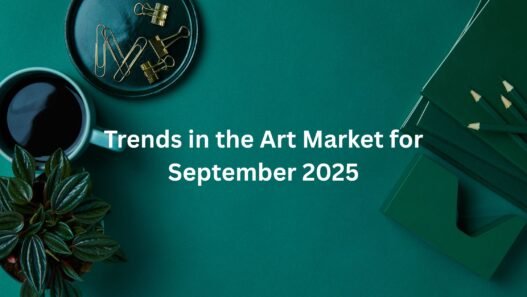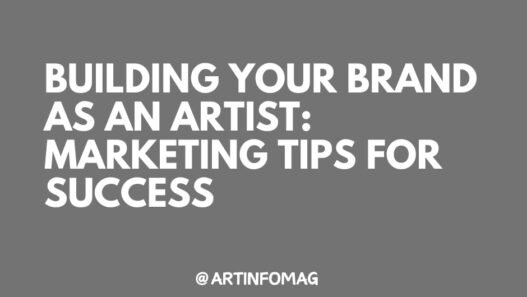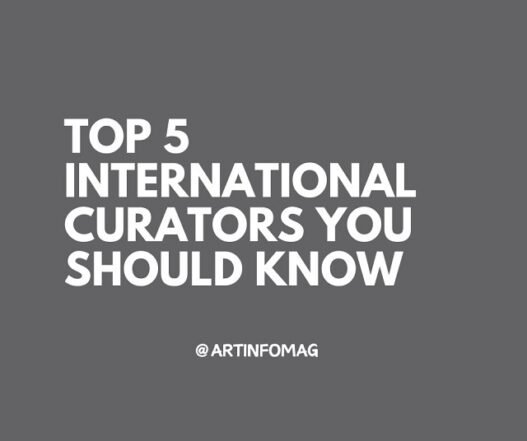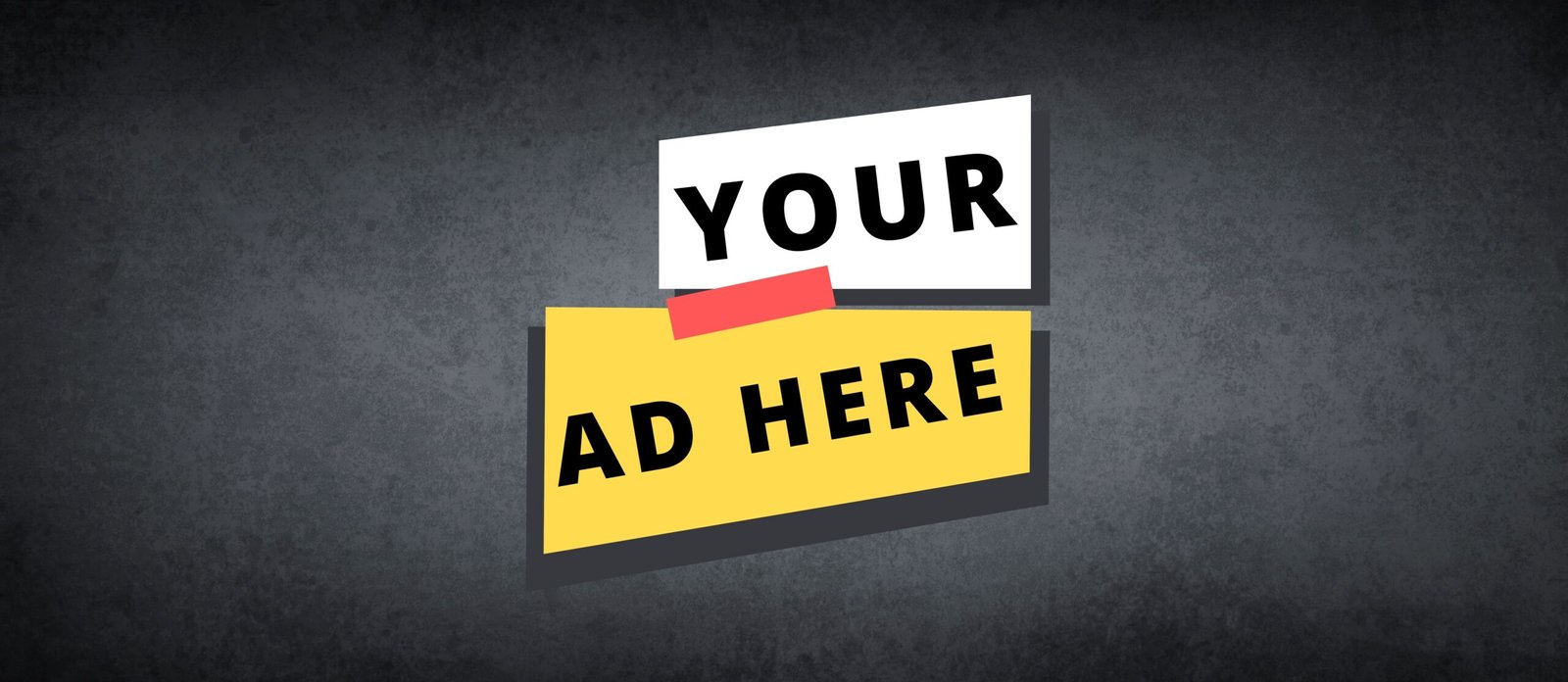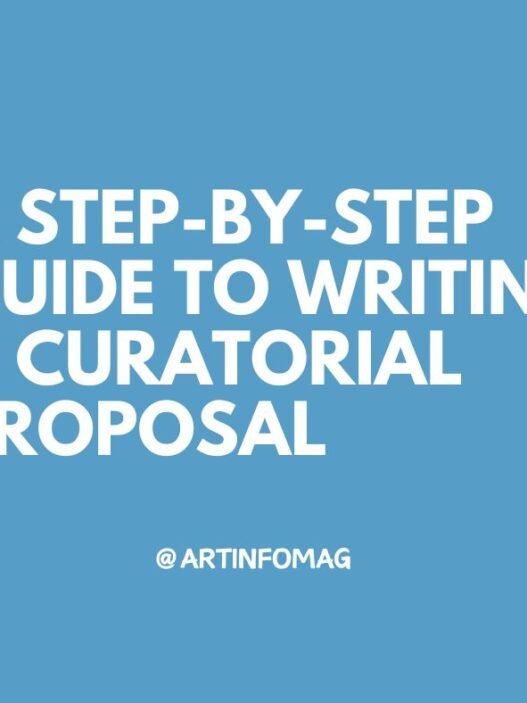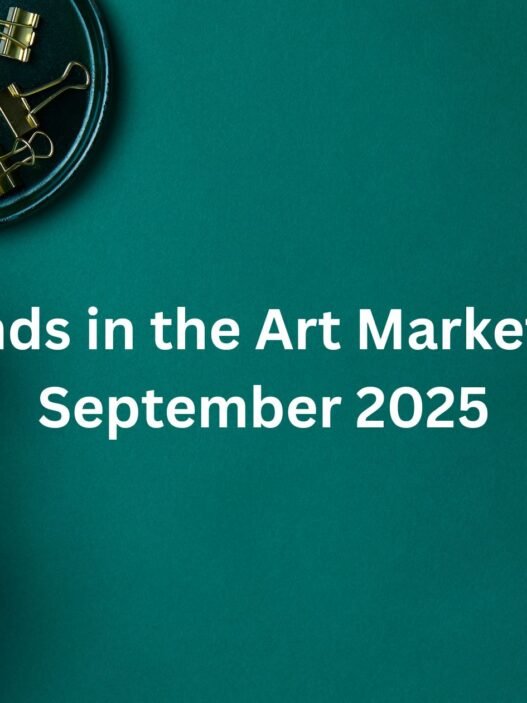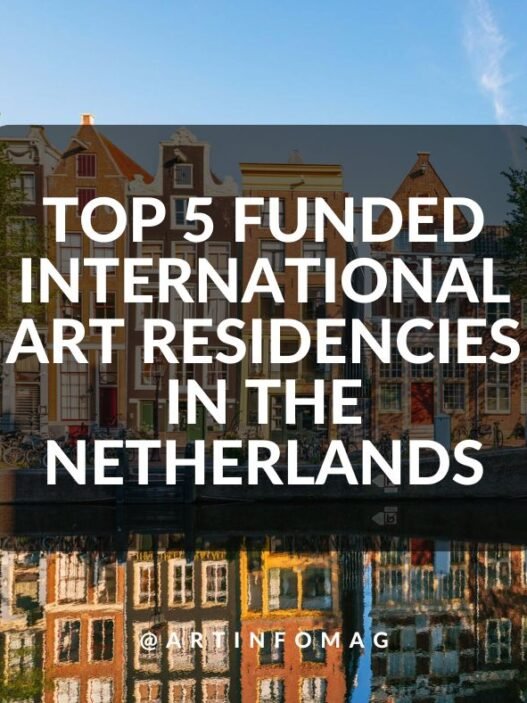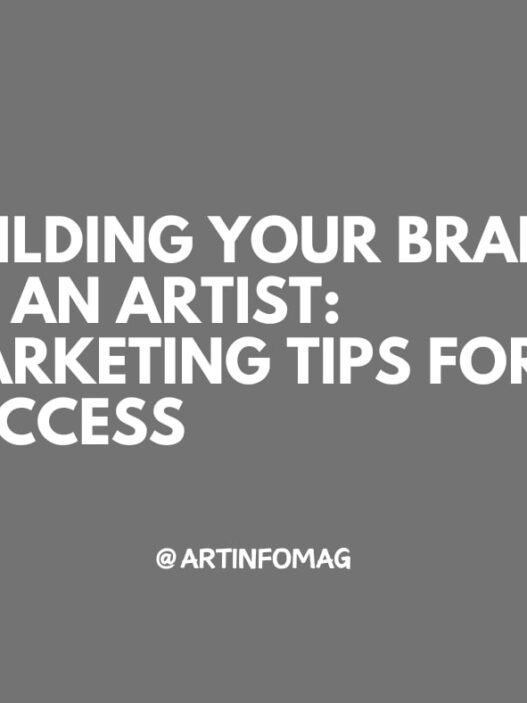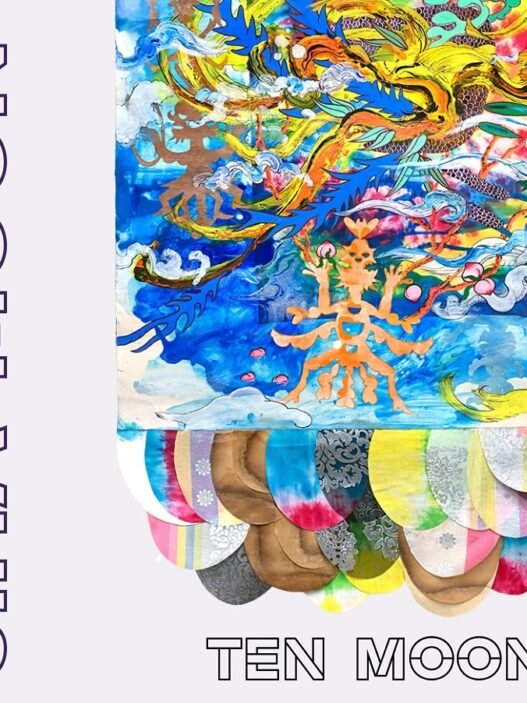Curators are the architects of the art world, weaving narratives, sparking dialogues, and challenging how we see creativity. These five visionary curators are redefining contemporary art on a global scale, influencing museums, biennales, and cultural conversations. From amplifying marginalized voices to bridging art with science and politics, their work is a beacon for innovation and inspiration.
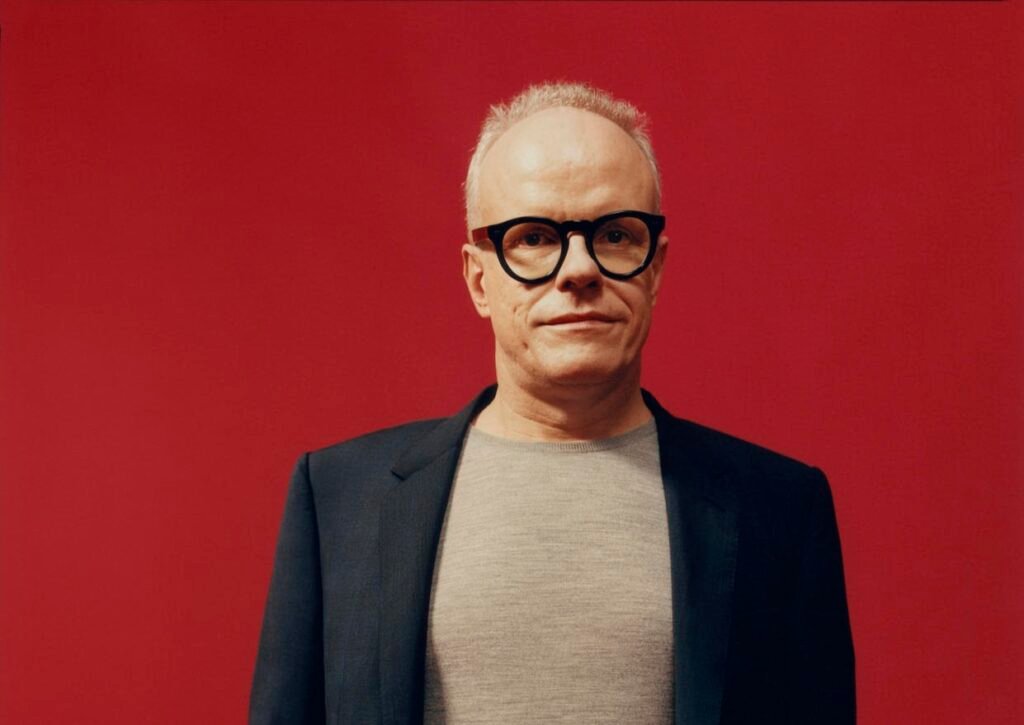
1. Hans Ulrich Obrist 🇨🇭
Role: Artistic Director, Serpentine Galleries, London
Why He Matters: Hans Ulrich Obrist is a curatorial titan whose insatiable curiosity has made him a global connector of ideas. Known for his marathon artist interviews—published in books like Conversations—Obrist has redefined curating as a dynamic, interdisciplinary practice. His groundbreaking exhibitions, such as the collaborative Do It project, invite artists to create instructions for audiences to enact, democratizing art-making. Obrist’s work often intersects with science, technology, and activism, as seen in projects like the Serpentine’s Future World series, which explores AI and climate change.
Key Contributions:
- Co-curated Utopia Station at the 2003 Venice Biennale, a platform for dialogue between artists and thinkers.
- Launched the Instagram Takeover initiative, where artists temporarily control the Serpentine’s social media to share their process.
- His book Ways of Curating (2014) is a manifesto for curating as a collaborative, ever-evolving practice.
Quote:
“Curating is about creating relationships—between works, ideas, spaces, and people. It’s a way of making the world more porous.”
Why Follow Him? Obrist’s relentless energy and ability to anticipate cultural shifts make him a must-watch. His projects often feel like experiments, pushing the boundaries of what an exhibition can be.
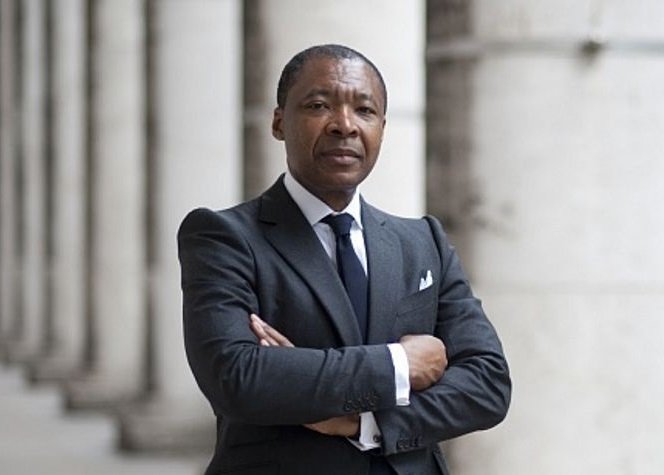
2. Okwui Enwezor 🇳🇬 (1963–2019)
Legacy: Okwui Enwezor was a trailblazer who reshaped the art world by centering African and Global South perspectives. As a Nigerian curator, critic, and poet, he challenged Eurocentric narratives, advocating for a truly global understanding of contemporary art. His curatorial vision was political, intellectual, and deeply humanistic, addressing colonialism, migration, and identity.
Key Contributions:
- Directed Documenta 11 (2002), which expanded the exhibition’s scope to include platforms in Lagos, New Delhi, and other non-Western cities.
- Became the first African-born curator of the Venice Biennale (2015), with his exhibition All the World’s Futures exploring global capitalism and resistance.
- Founded Nka: Journal of Contemporary African Art, a critical platform for African scholarship.
Impact: Enwezor’s work paved the way for greater diversity in curatorial practice. His exhibitions were rigorous intellectual journeys, often blending film, photography, and installation to tell complex stories. As art historian Chika Okeke-Agulu noted, “Okwui forced the art world to confront its blind spots and embrace a broader canon.”
Quote:
“Art is not just an object; it’s a space for negotiating the world’s contradictions.”
Why He Matters Today: Enwezor’s legacy continues to inspire curators to engage with urgent global issues, from decolonization to diaspora narratives.

3. Carolyn Christov-Bakargiev 🇺🇸/🇮🇹
Role: Director, Castello di Rivoli Museum of Contemporary Art, Turin, Italy
Known For: Carolyn Christov-Bakargiev curates with the soul of a poet and the mind of a philosopher. Her landmark exhibition, Documenta 13 (2012), spanned Kassel, Kabul, Cairo, and Banff, weaving art with science, feminism, and ecological thought. Her curatorial approach is interdisciplinary, often exploring how art can address war, memory, and the environment.
Key Contributions:
- Curated The Brain, a section of Documenta 13 that displayed art alongside scientific objects, blurring boundaries between disciplines.
- Oversaw major retrospectives of artists like Arte Povera’s Marisa Merz, emphasizing underrepresented voices.
- Her 2015 Istanbul Biennial, Saltwater: A Theory of Thought Forms, explored art’s role in ecological and political crises.
Style: Christov-Bakargiev’s exhibitions feel like immersive narratives. She describes her process as “curating with care,” prioritizing emotional resonance over spectacle. Her feminist lens often highlights women artists and themes of vulnerability and resilience.
Quote:
“Curating is like writing a novel with objects and ideas—it’s about creating a world that speaks to the heart and the mind.”
Why Follow Her? Her ability to connect art with pressing issues like climate change and conflict makes her work profoundly relevant. She’s a curator who invites viewers to think and feel deeply.

4. Thelma Golden 🇺🇸
Role: Director & Chief Curator, The Studio Museum in Harlem, New York
Impact: Thelma Golden is a cultural force who has transformed the visibility of Black artists in the art world. Since joining the Studio Museum in 2000, she has nurtured generations of artists through exhibitions, residencies, and mentorship. Her 1994 exhibition Black Male: Representations of Masculinity in Contemporary American Art at the Whitney Museum was a groundbreaking exploration of race, gender, and identity.
Key Contributions:
- Launched the Studio Museum’s Artist-in-Residence program, which has supported artists like Kehinde Wiley and Mickalene Thomas.
- Curated Freestyle (2001), introducing the concept of “post-Black” art, which sparked debates about identity and artistic freedom.
- Expanded the Studio Museum’s influence with plans for a new David Adjaye-designed building, set to open in 2026.
Influence: Golden’s curatorial philosophy emphasizes community and storytelling. She has said, “The museum is a home for artists to dream and take risks.” Her work has inspired a new wave of curators to prioritize underrepresented voices.
Quote:
“Art has the power to shift how we see ourselves and each other. Curating is about making space for those transformations.”
Why Follow Her? Golden’s commitment to equity and innovation makes her a role model for cultural leaders. Her exhibitions are both accessible and profound, inviting broad audiences into complex conversations.

5. Ralph Rugoff 🇺🇸
Role: Director, Hayward Gallery, London
Notable Work: Ralph Rugoff’s curatorial style is bold, witty, and provocative. As curator of the 2019 Venice Biennale, May You Live in Interesting Times, he tackled fake news, political polarization, and human uncertainty through art. His exhibitions often blur fact and fiction, inviting viewers to question their assumptions.
Key Contributions:
- Curated Psycho Therapy (2008) at the Hayward Gallery, exploring art’s relationship with psychology and perception.
- Oversaw major surveys of artists like Ed Ruscha and Carsten Höller, known for playful yet cerebral presentations.
- His Venice Biennale featured artists like Christian Marclay and Hito Steyerl, whose works critiqued media and power.
Style: Rugoff describes his approach as “curating with a sense of mischief.” He challenges conventional exhibition formats, often incorporating performance and interactive elements. His shows are intellectual but accessible, balancing humor with critique.
Quote:
“Great art doesn’t give answers—it asks questions that keep you up at night.”
Why Follow Him? Rugoff’s ability to make serious topics engaging and his knack for surprises keep his exhibitions fresh. He’s a curator who thrives on disruption and dialogue.
Why These Curators Matter
These curators are more than selectors of art—they’re cultural catalysts. They challenge boundaries, amplify diverse voices, and reimagine what art can do in a complex world. Hans Ulrich Obrist connects art with emerging technologies; Okwui Enwezor’s legacy demands inclusivity; Carolyn Christov-Bakargiev weaves poetic narratives; Thelma Golden builds communities; and Ralph Rugoff sparks critical play. Together, they shape how we understand creativity today and inspire tomorrow’s cultural landscape.
As artist Theaster Gates said, “Curators are the ones who hold the mirror up to society, showing us who we are and who we could be.” Following their work offers a front-row seat to the evolving story of global art.
Want More Insights Like This?
Visit Artinfoland Magazine for in-depth interviews, global curatorial perspectives, and opportunities for artists and enthusiasts.


